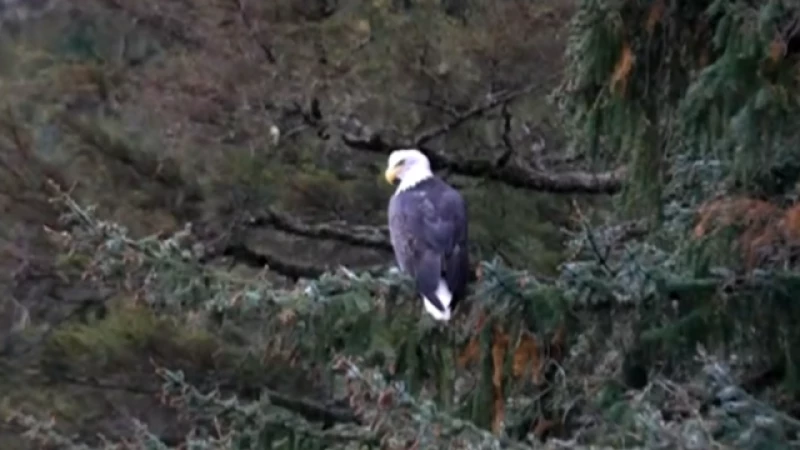Alaska's Chilkat River and the Threat to Bald Eagles
Haines, Alaska — Every November, an American icon returns to Alaska's Chilkat River to roost.
"It's akin to being on the Serengeti and watching the migration of the wildebeest," photographer Mario Benassi told CBS News.
The Alaskan panhandle town of Haines is the gateway to the largest congregation of bald eagles in the U.S., and the Alaska Chilkat Bald Eagle Preserve is a migratory mecca.
"This is the greatest concentration of bald eagles anywhere on the planet," Benassi explains. "At times, we've counted up to 4,000 individuals."
It's a phenomenon Benassi says is made possible by geothermal springs, which prevent the river from freezing, leaving the salmon that run through it ripe for picking.
However, upstream there is a new threat.
"It could be the end of this singularity and this gathering," Benassi said.
The state recently permitted a mining company to explore the possibility of extracting copper in the area. It's a move that Gov. Mike Dunleavy says will create jobs. But environmentalists are sounding the alarm.
"There's basically no mines out there that don't pollute," said Gershon Cohen, a Haines resident and clean water advocate.
Copper Mine Threatens Alaskan Salmon and Bald Eagles
A proposed copper mine in Alaska is facing opposition from environmentalists and native Alaskans who are concerned about the potential damage to the region's salmon population and bald eagle habitat. The mine, led by American Pacific Mining, has raised concerns about toxic runoff contaminating the Chilkat River, which is a vital habitat for salmon.
According to the Environmental Protection Agency, mining activities have already contributed to the contamination of 40% of the country's rivers. Environmental activist Cohen warns that if the mine were to proceed, it would have devastating consequences for the salmon population and the entire ecosystem that relies on it. He also highlights the potential impact on the habitat of bald eagles, which are a protected species.
American Pacific Mining has stated that it is committed to operating responsibly and protecting the environment, including the bald eagles. However, many native Alaskans who depend on the salmon industry remain skeptical. Fishers Hank and Kimberly Strong have already experienced a decline in their catch, which they attribute to climate change's impact on the fish population. They question the need to take such a risk with the copper mine plan.
The opposition to the mine highlights the ongoing debate between economic development and environmental conservation. While mining projects can bring economic benefits, they also pose significant risks to fragile ecosystems and wildlife populations.







